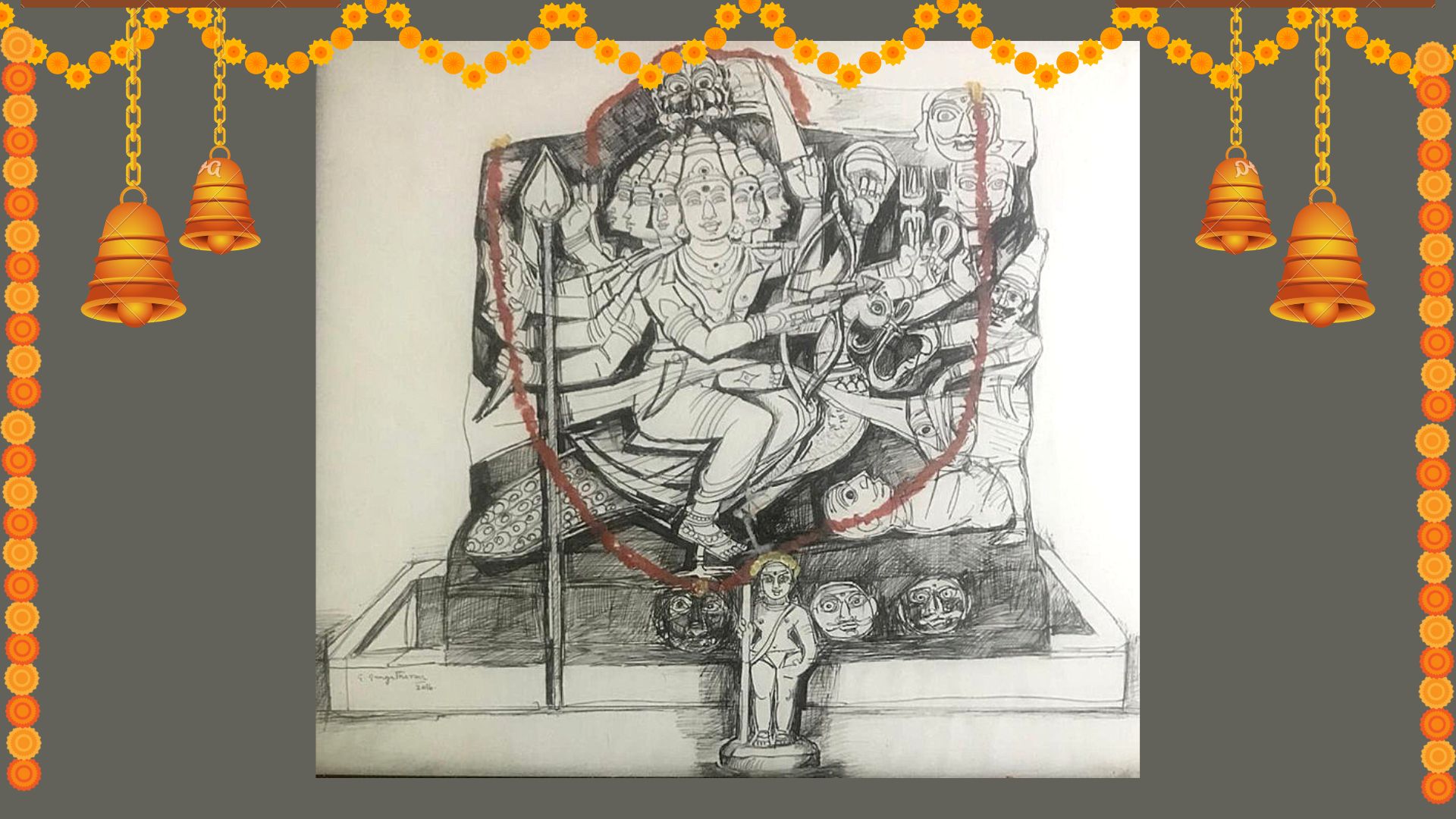
The Kottai Sangameswaraswamy Temple is an ancient Shiva Temple in Coimbatore. It is more than 1000 years old. The icon of Lord Sangameswara was discovered by the Chola kings and a shrine was built around it. Centuries later, the rulers of Vijayanagar built a fort around it. Devi Koniamman became the guardian deity for Coimbatore and a Lord Vishnu ( Kottai Perumal Temple ) came about thereafter. An ancient shrine of Lord Muruga/ Karthikeya used to be a part of the old religious shrine. The grace of Lord Sangameswara added to the well being and safety of the old town. Water from the PeriyaKulam at Ukkadam was used for the ablutions in this Temple. It used to be brought in a silver pitcher.
Coimbatore was governed by several dynasties and it came under the Naicks of Madurai ( Viceroys of the Vijayanagar Emperor ). Eventually the rulers of Mysore ( Wodeyars ) took over the region. The eighteenth century witnessed the take over of Mysore by the military strategist Hyder Ali. Hyder Ali and his warlike son Tipu Sultan fought a number of wars with the East India Company. These four wars were known as the Anglo Mysore wars. They took place between 1767 and 1799. The old Mysore Royal Family was keen to get their dominion back from Tipu Sultan. Meanwhile, Tipu Sultan broke down the fort after the third Mysore war ( 1790 - 1792 ). The old icon of Lord Karthikeya got damaged as a consequence of this turbulence.
The Mysore Royal Family decided to approach the East India Company in order to regain their territory. Rani Lakshmamanni ( 1842 - 1810 ) , the dowager Queen of Mysore took it upon herself in the interest of her family. Thus far , about 27 Wodeyar rulers have administered Mysore. A number of Queens, Queen Mothers and ladies from the family helped the people at large. According to folklore, the Mysore Royal Family was advised to install an icon of Lord Subramanya in the form of the powerful Shatru Samhara Murthy ( destroyer of enemies ) within their dominion. They wanted to do so in Mysore but were not in a position to do so because of the presence of their arch rival and tyrant Tipu Sultan.
Therefore , it was decided to install the icon of this deity in Coimbatore. This territory was also a part of Mysore those days. A wonderful icon of Shatru Samhara Muruga as Shanmugha Subramanya was installed in the Kottai ( Fort ) Sangameswaraswamy Temple thereafter. The icon happened to be a bas relief sculpture ( sculptural relief in which the projection from the surrounding surface is slight and no part of the modeled form is under cut ). This icon of Lord Muruga has six faces and all of them are visible from the front. The Lord Shanmugha Subramayar carries a bow which is seen holding on to the vel ( spear ) given by his mother Parvathi. Lord Indra is seen as the mount ( peacock ) here. It is only after the war that the vanquished one becomes the peacock mount.
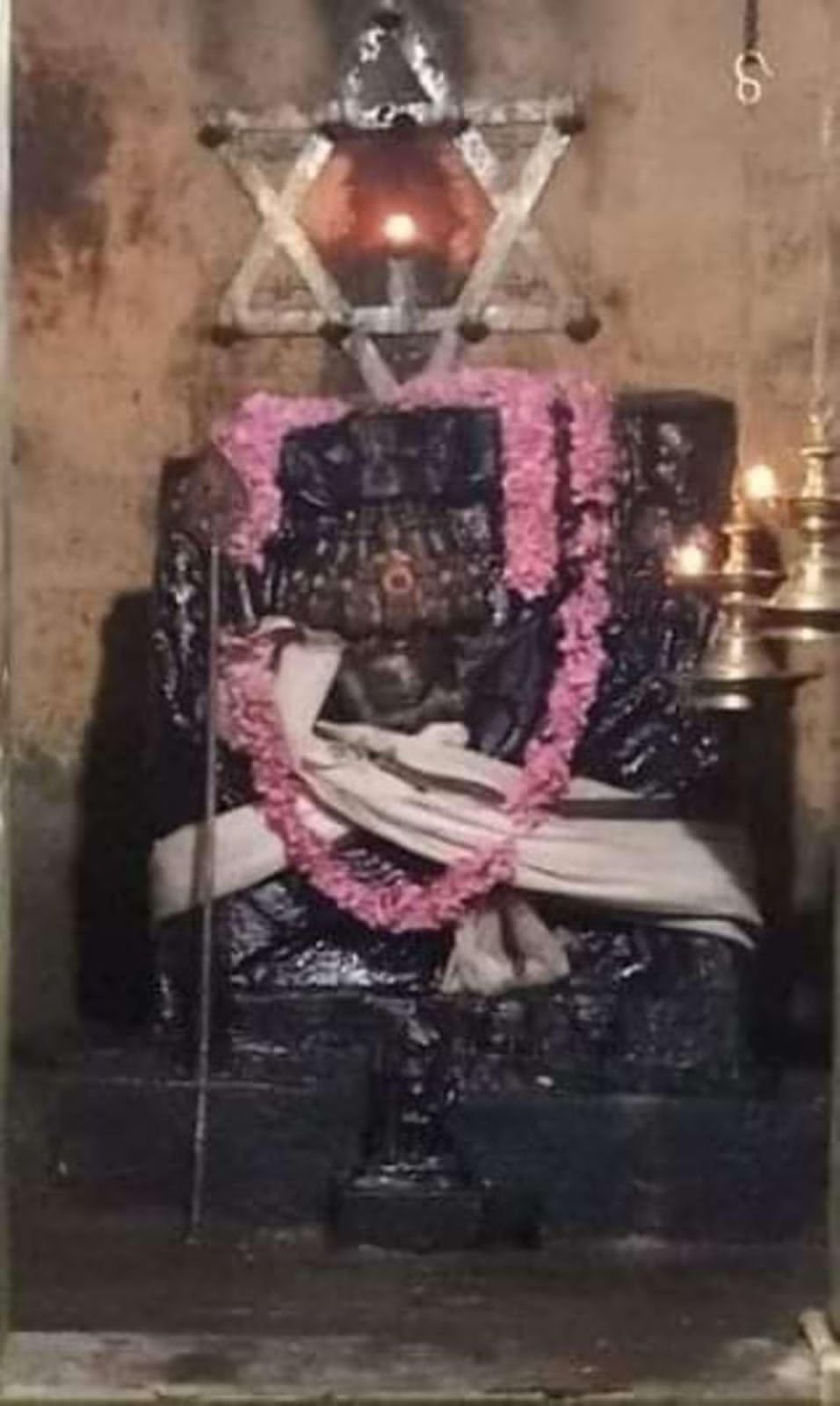
The Airavata ( elephant belonging to Lord Indra ) is placed as the mount ( vahanam ) in front of the shrine. This bas relief sculpture is very unique and is a treasure. Devotees offer their prayers here in order to be rid of difficulties caused due to the presence of ailments and enemies. The members of the family of Subramanya Gurukkal have been the officiating priests at this temple for a few centuries now. While Vaikasi Visakam is celebrated annually, Kiruthika and Sashti are celebrated on a monthly basis at this powerful shrine. The Brahmotsavam is celebrated during Thai ( Tamil month ). One Ranoji Rao had been the local administrator those days. The 7 day Skanda Sashti Festival is held under the auspices of the endowment created by him. A Kalyana Utsavam is celebrated on the seventh day.
The grace of the deity Shanmugha Subramanyar has been accentuated further by the icon of Lord Gnanadhandapani. He is said to provide knowledge and wisdom. The devotees offering their prayers at this shrine earn health, wealth and strength. It is good to participate in the prayers on successive Tuesdays in this shrine. They recite the Shatru Samhara Trishati in front of Lord Shanmugha Subramanyar. It offers protection from ailments and enemies. Merely witnessing and listening to the Shatru Samhara Trishati at the shrine of Shanmugha Subramanyar will offer health, wealth, longevity, good children and contentment.
Several sons and daughters of Coimbatore have prospered because of the grace of Lord Shanumugha Subramanyar. He has not only protected the citizens of Coimbatore from their enemies but has also made them successful and great. P.A.Raju Chettiar, the jeweller who put Coimbatore on the jewellery map of the world had been blessed by Lord Shanmugha Subramanyar. He had arrived at Coimbatore on a Friday during the year 1912 from Palani. The youngster had wanted to pray to Lord Muruga and was directed to the shrine of Lord Shanumugha Subramyar at the Kottai Sangameswara Swamy Temple. He offered his prayers here and created history.
The Royal Family of Mysore had earlier been blessed by Lord Shanmugha Subramanyar. They not only regained their kingdom but were also able to make Mysore a Model State those days. The people of Mysore continue to be grateful to the Royal Family. The grace of Lord Shanmugha Subramanyar not only returned the kingdom to the original rulers but also ushered in good governance which resulted in all round prosperity.
Let us offer our prayers to Lord Shamugha Subramanyar during the sacred Skanda Sashti Week. Lord Shanmugha Subramanyar will bless with prosperity and good governance.
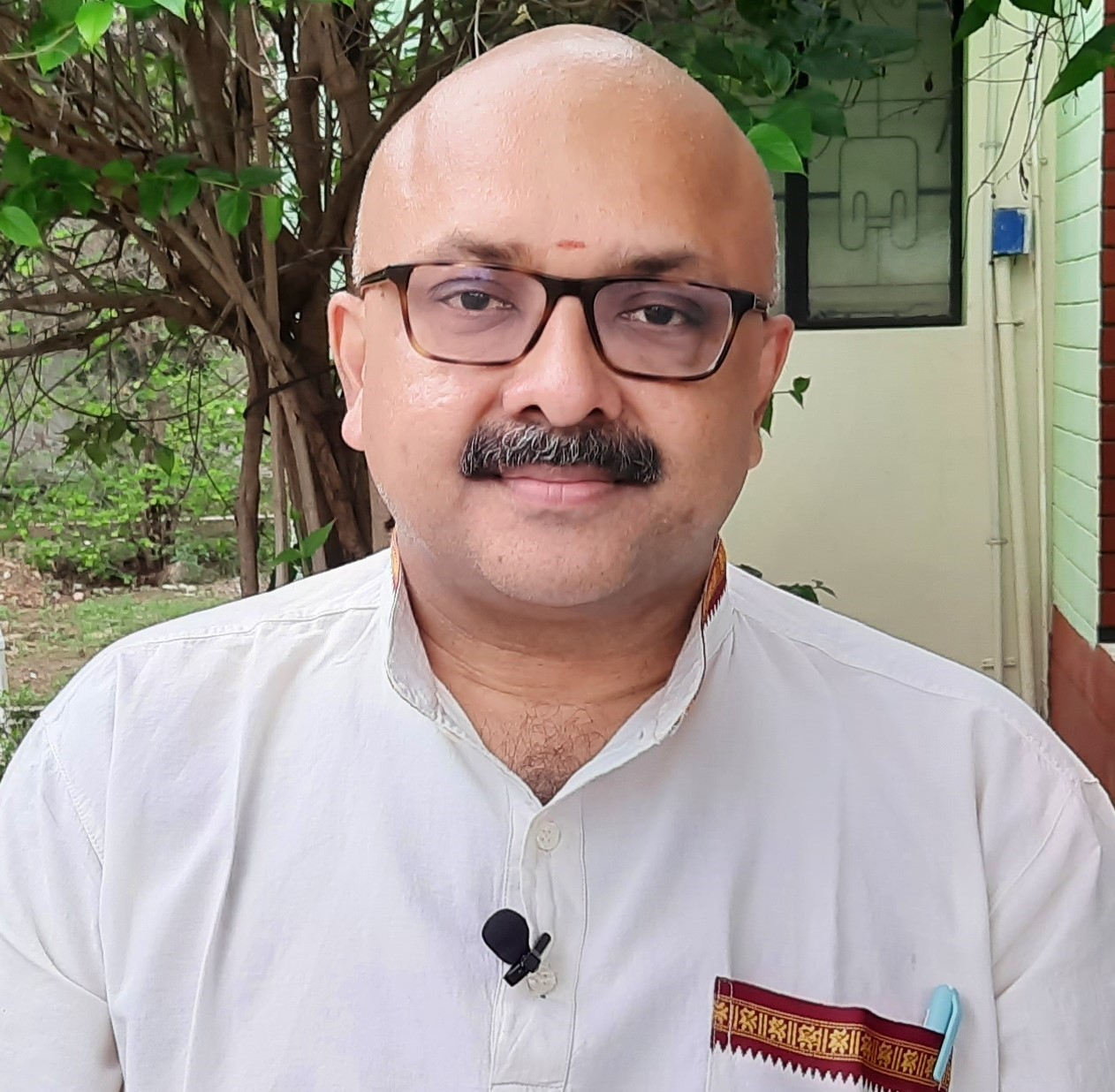 Mr. Rajesh Govindarajulu is one of the founding members of The Verandah Club Pvt. Ltd. He is a leading columnist, historian, jeweler, entrepreneur, and a heritage enthusiast who is earnestly working to revive the past in the light of the present. Experiential learning about the history of Coimbatore is his main course of interest and he is also a panel member of many colleges in the city.
Mr. Rajesh Govindarajulu is one of the founding members of The Verandah Club Pvt. Ltd. He is a leading columnist, historian, jeweler, entrepreneur, and a heritage enthusiast who is earnestly working to revive the past in the light of the present. Experiential learning about the history of Coimbatore is his main course of interest and he is also a panel member of many colleges in the city.
NEXT ARTICLE
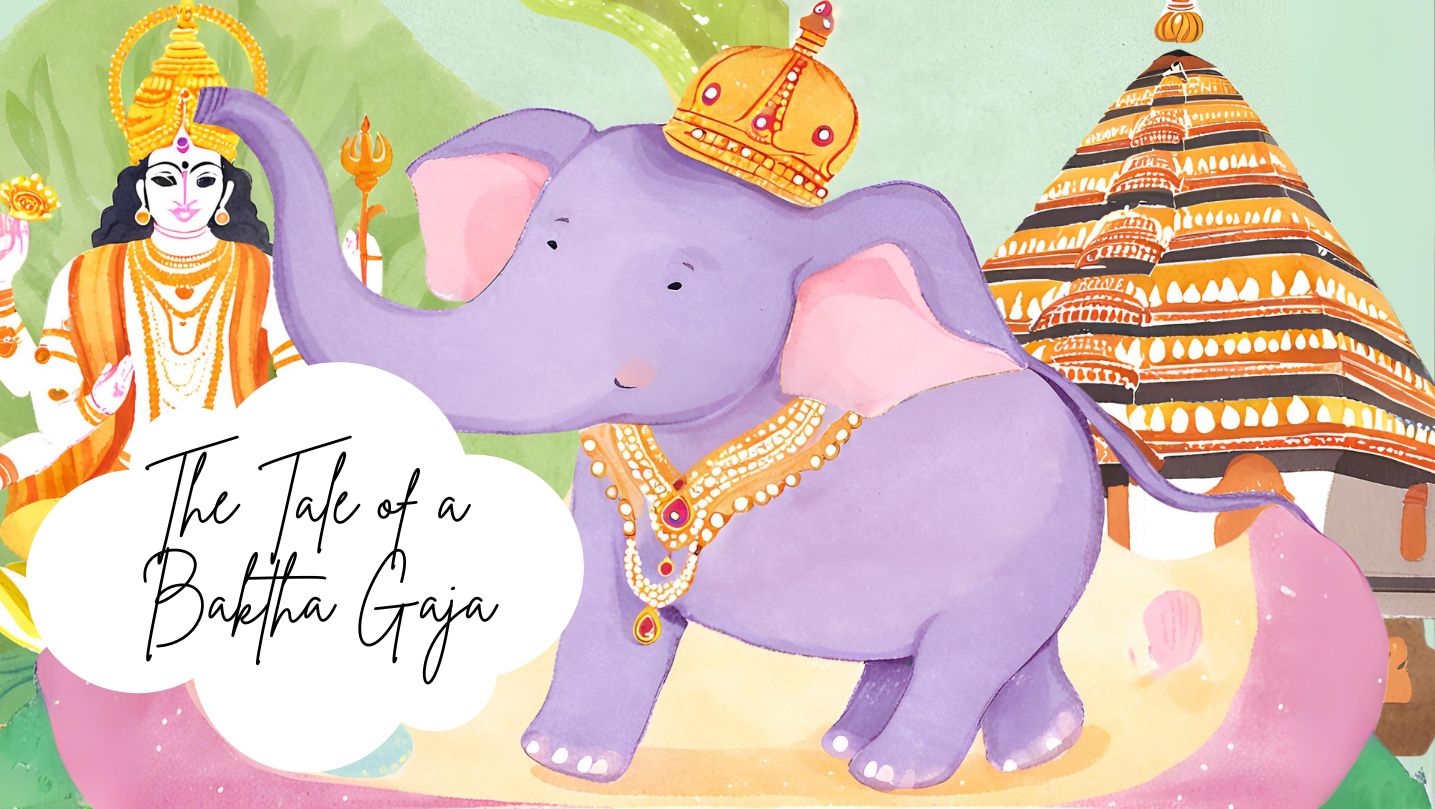
In the lush, green heart of Kerala lived an elephant who became a living legend - a tale of an elephant turned into a bakth. His name was Keshavan, bu...
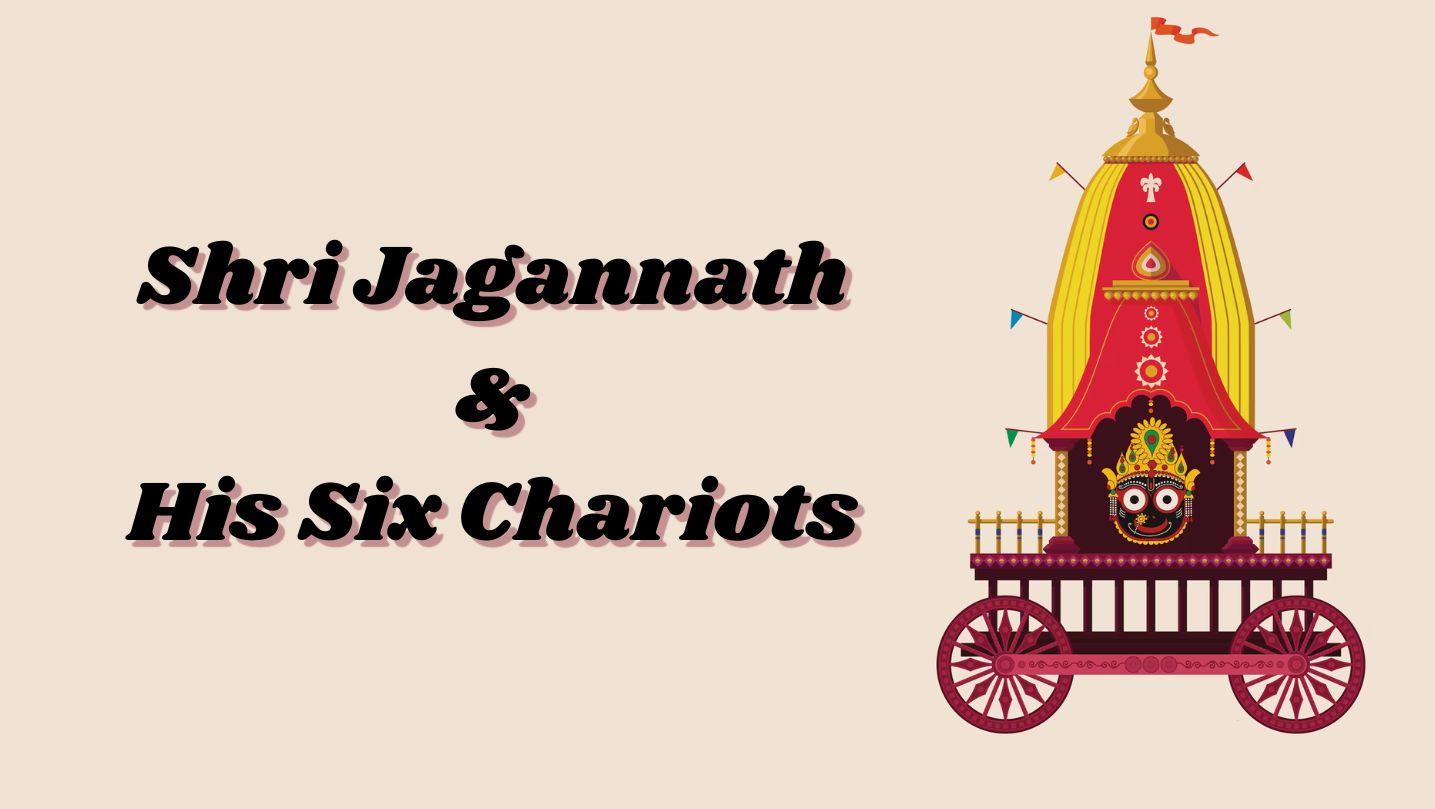
The Chaitanya Charitamrita by Shri Krishna Das Kaviraj provides a vivid description of the operations management of Shri Gundicha Yatra during the tim...
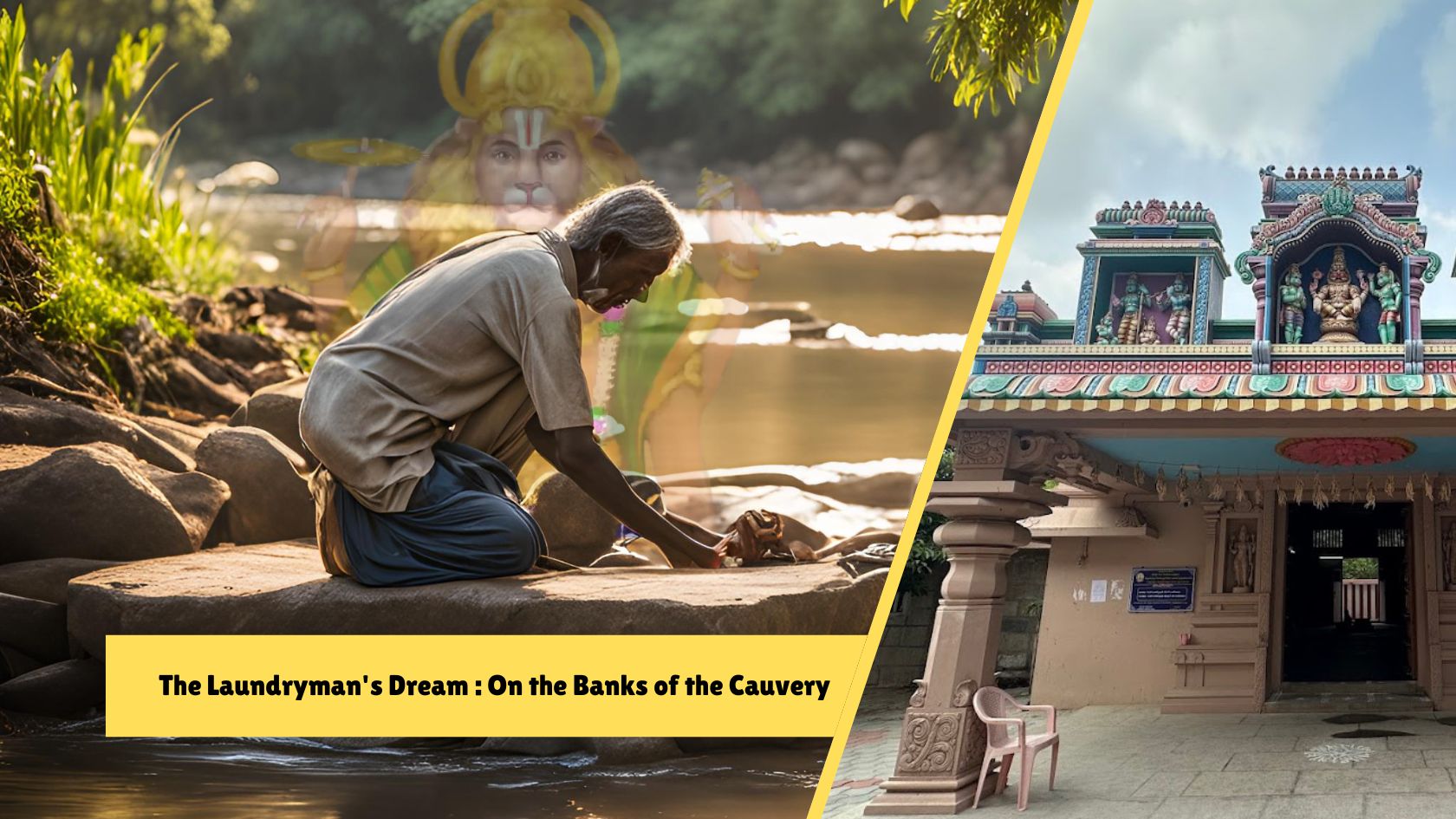
The sun beat down on my back as we stepped out of the car, the air thick with the humidity of rural Tamil Nadu. Chinthalavadi, a small village nestled...